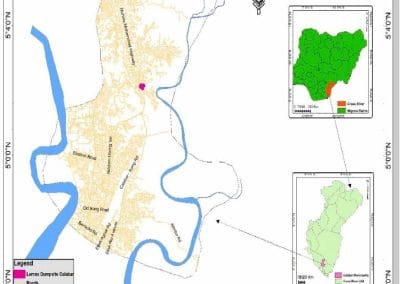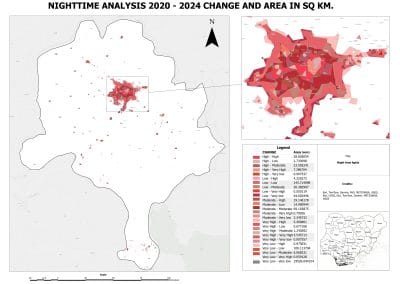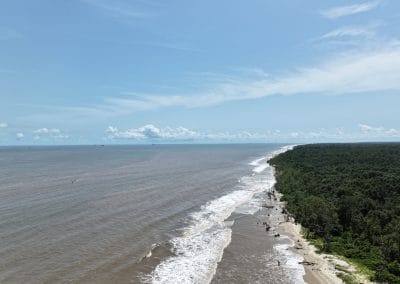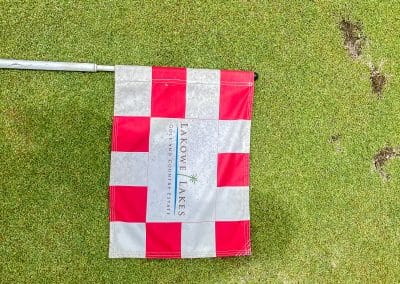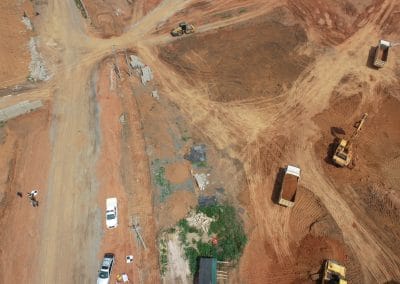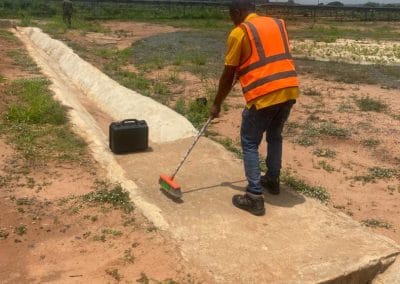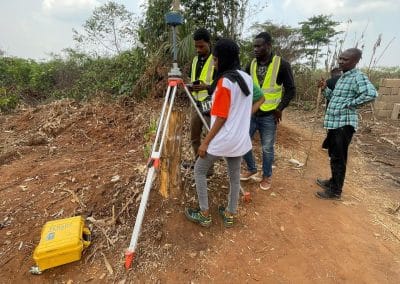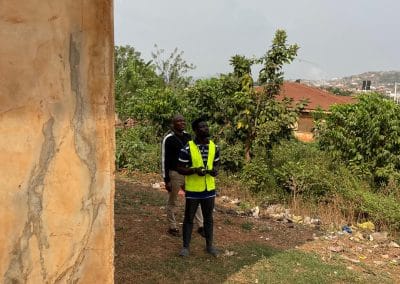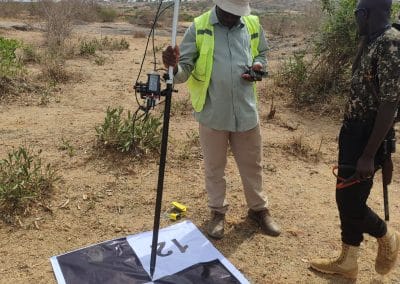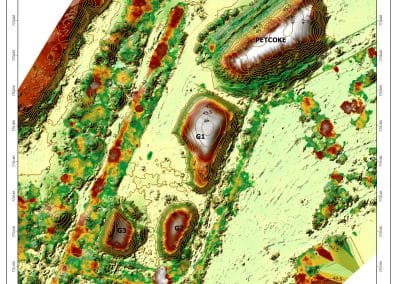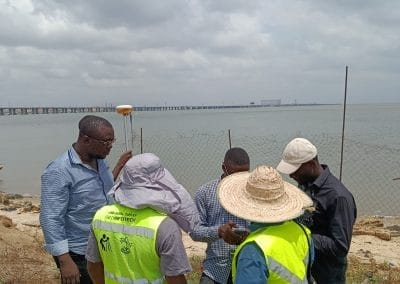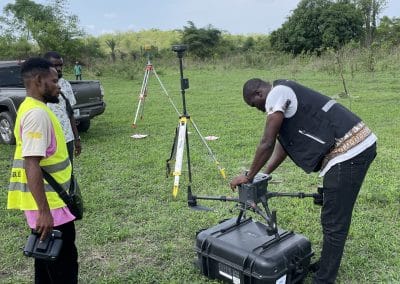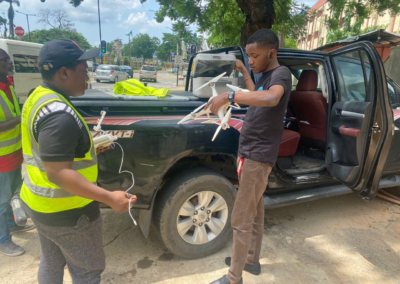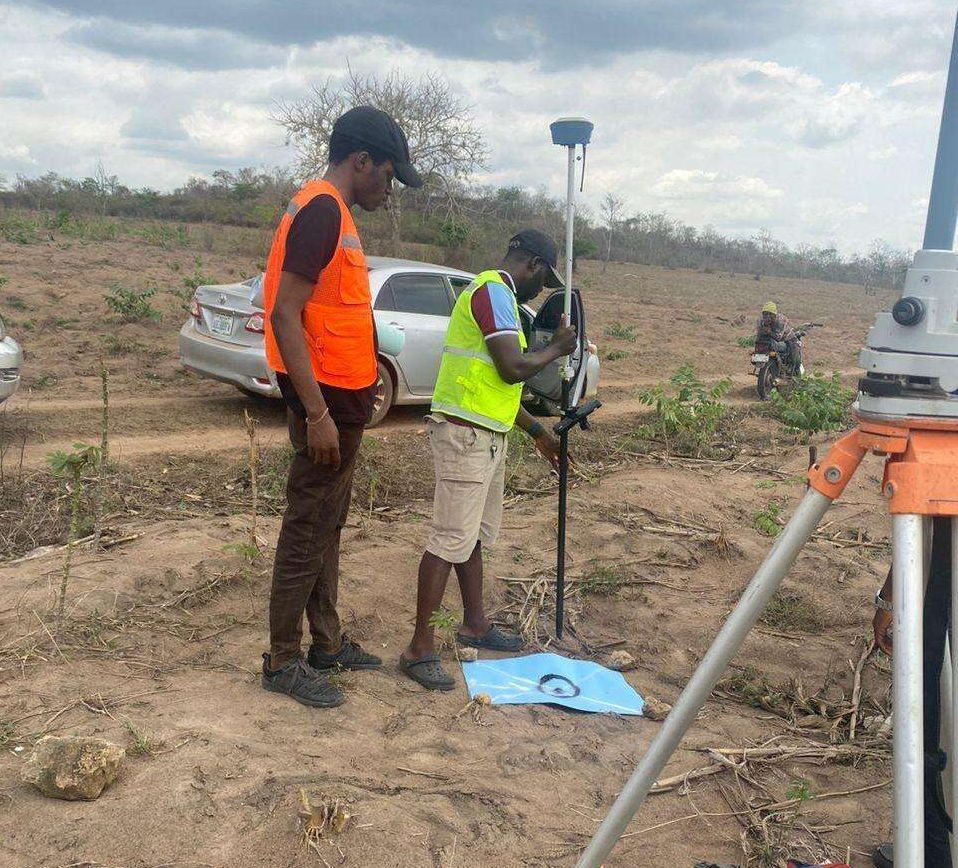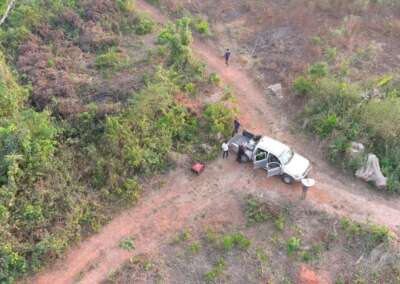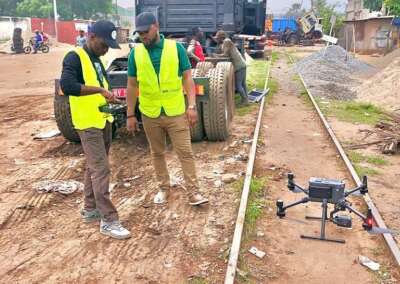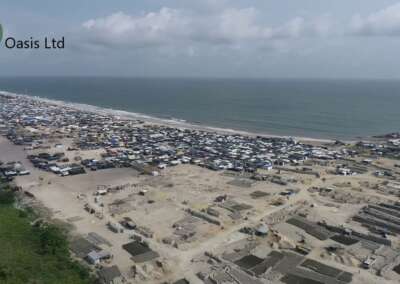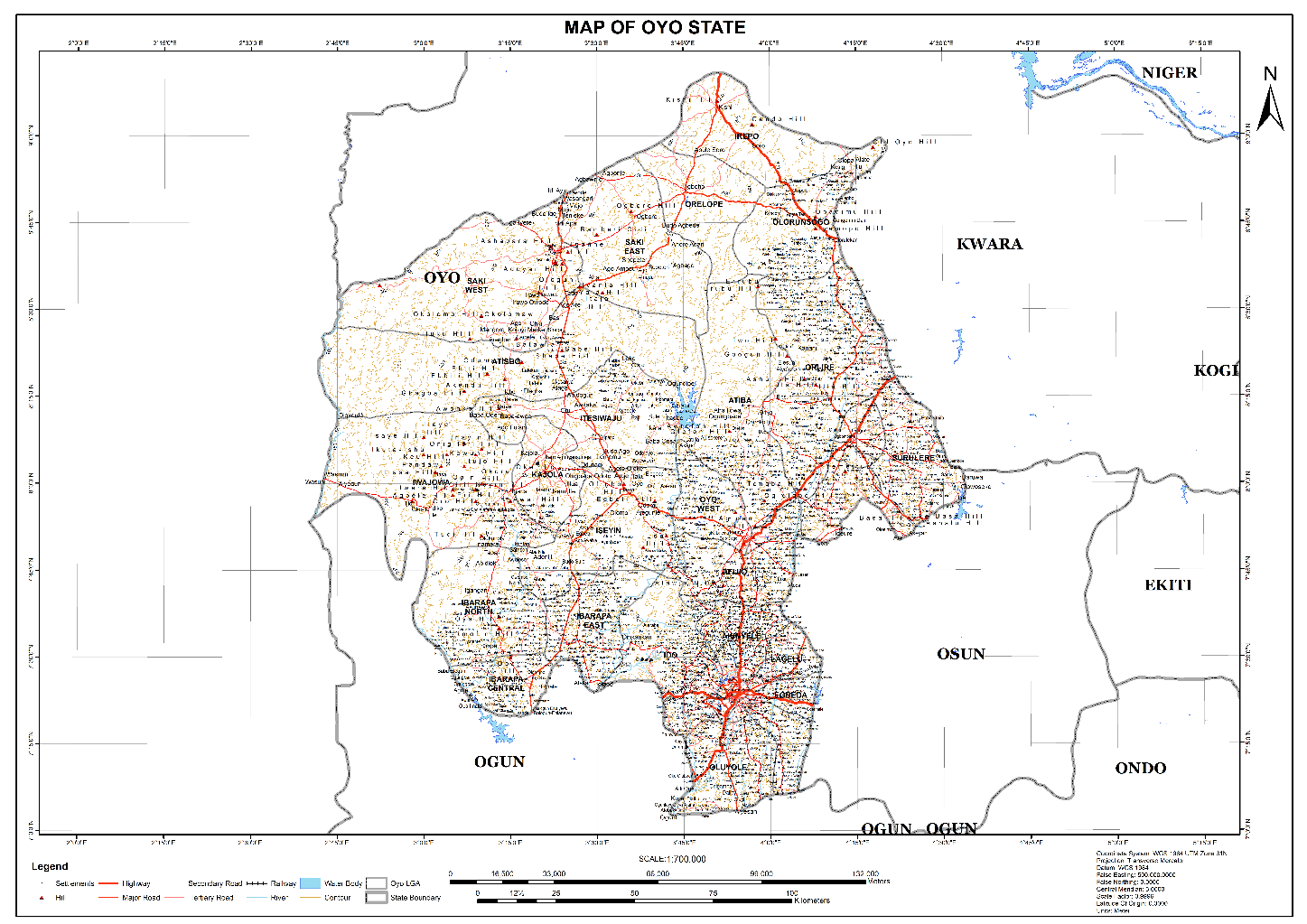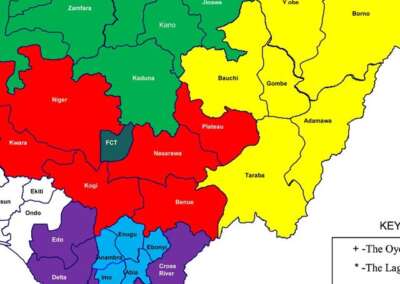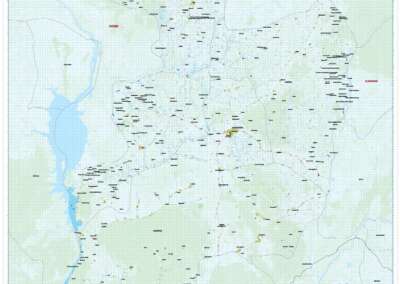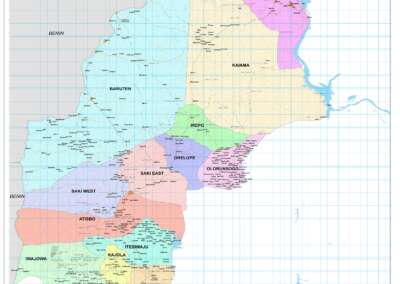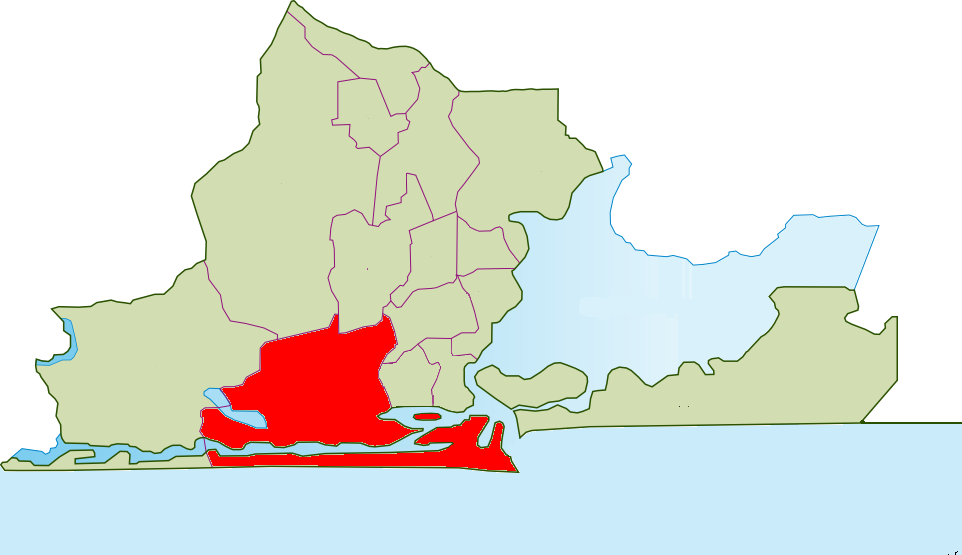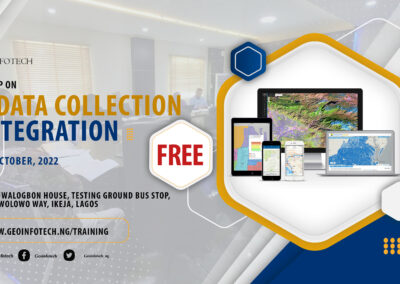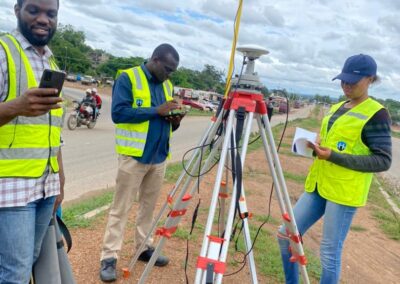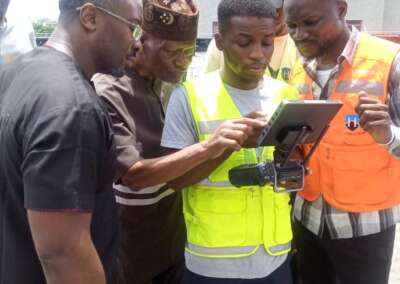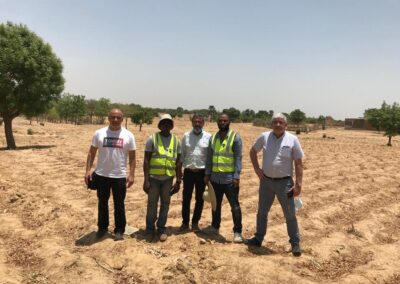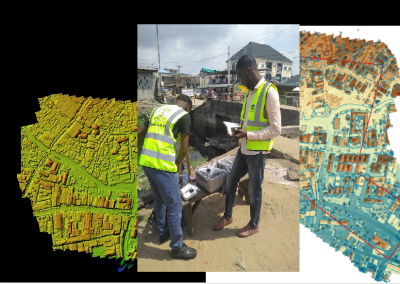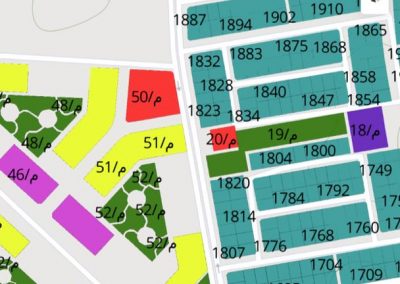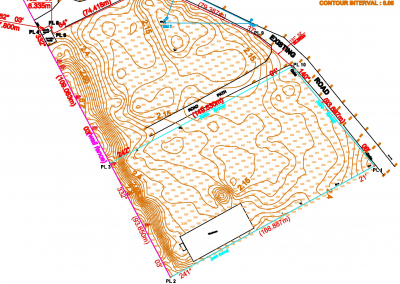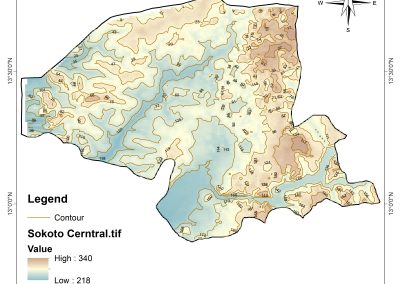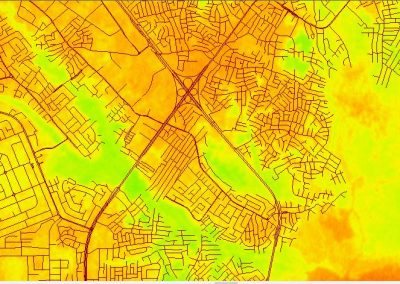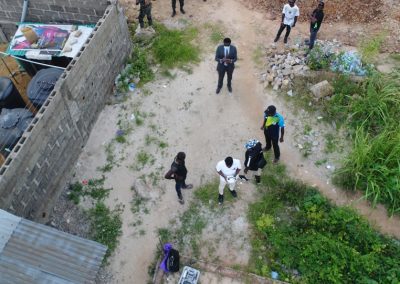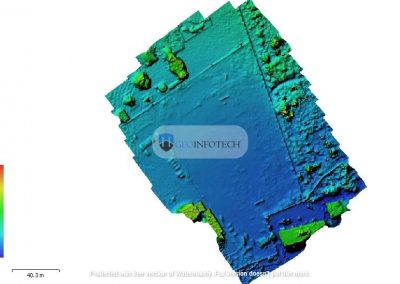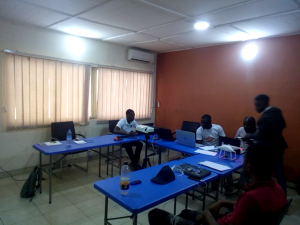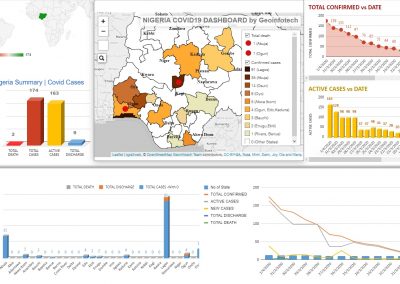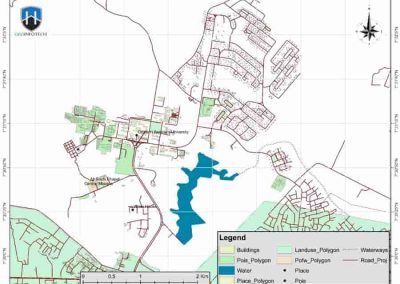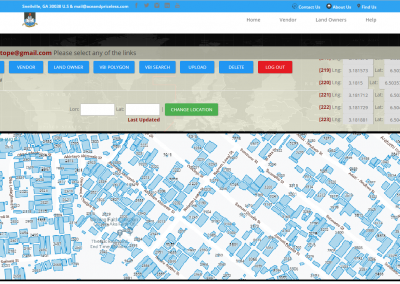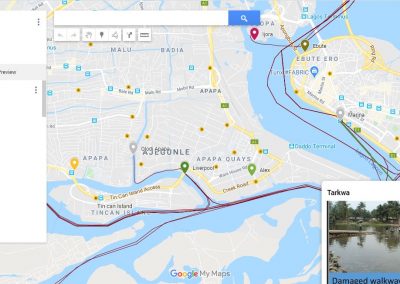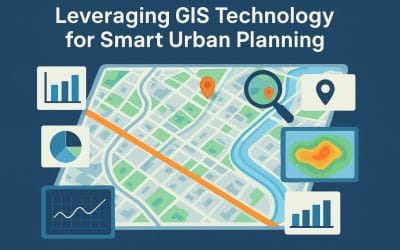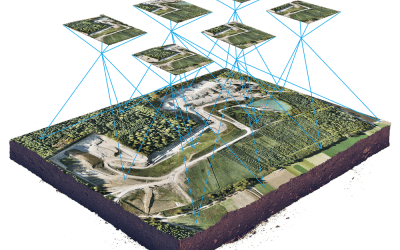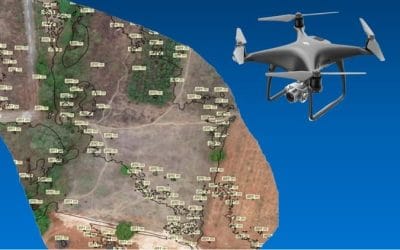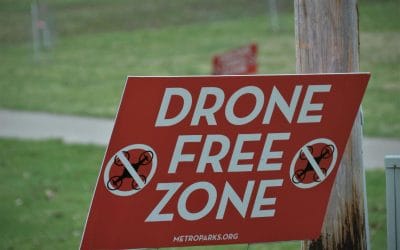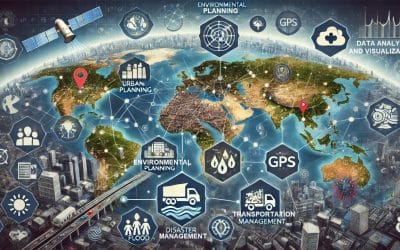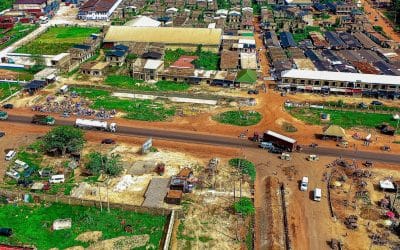Using Spatial Intelligence to Save Lives in Real Time. In critical moments when disaster strikes—whether it’s a hiker lost in the mountains, a plane gone off radar, or survivors trapped after an earthquake—every second counts. That’s where Geographic Information Systems (GIS) comes in, bringing together maps, location data, and analysis tools to support search and rescue (SAR) missions and save lives faster, smarter, and more efficiently.
What Is GIS in Search and Rescue?
GIS for SAR involves collecting, analyzing, and visualizing geospatial data to:
- Map terrain and hazards
- Plan efficient search grids
- Track missing persons
- Coordinate response teams
- Prioritize high-probability areas
It integrates real-time GPS, remote sensing, drones, and communication systems to allow dynamic decision-making even in inaccessible or hazardous environments.
Key GIS Techniques in SAR Missions
1. Terrain and Accessibility Mapping
GIS helps responders analyze slope, elevation, vegetation cover, road networks, and water bodies. These layers are crucial for determining:
Where people might be stranded
How easily teams or vehicles can reach them
Alternate access routes (e.g., foot trails, off-road paths)
2. Probability and Heat Mapping
Based on last known positions, behavioral models (like for lost hikers), and topography, GIS can create probability heat maps. These maps help direct search teams to the most likely areas first—maximizing efficiency.
3. Drone and Satellite Integration
Drones equipped with thermal imaging cameras send real-time video to GIS platforms. Satellites like Sentinel-2 or Landsat offer optical or infrared data, helping identify:
- Heat signatures at night
- Disrupted vegetation
- Unusual ground disturbances
4. Live GPS Tracking and Communication
SAR teams in the field often wear GPS trackers. GIS dashboards display their live positions, allowing command centers to monitor:
- Team safety
- Search coverage
- Areas that need follow-up
5. Geofencing and Alert Systems
GIS can create virtual boundaries (geofences) around dangerous areas like avalanche zones or collapsing buildings. If rescuers approach these zones, they’re alerted immediately.
Real-World Examples of GIS in Action
Nepal Earthquake (2015)
After the devastating 7.8 magnitude quake, GIS was used to:
- Map affected villages
- Locate blocked roads and collapsed buildings
- Prioritize helicopter drops and ground SAR teams
Esri and UN agencies used ArcGIS dashboards to coordinate relief efforts.
Malaysia Airlines Flight MH370 (2014)
In the effort to locate the missing aircraft, SAR operations used:
- GIS ocean current models
- Satellite-derived debris tracking
- Bathymetric mapping to visualize the ocean floor
California Wildfires
Emergency services use real-time GIS fire mapping to:
- Track fire boundaries
- Locate trapped individuals using GPS pings and drone footage
- Determine safe zones and evacuation routes
Missing Hiker in Arizona
GIS professionals and park rangers used:
- Terrain analysis
- Trail networks
- Last-known GPS logs to locate a stranded hiker within 24 hours.
Additional Insight: Predictive Modeling in SAR
Advanced GIS use includes machine learning and predictive modeling. Using historical data on missing person cases, topography, and environmental conditions, GIS platforms can suggest the most likely search paths, especially in cases of:
Cognitive impairment (Alzheimer’s wanderers)
Lost children
Survival behavior patterns in wilderness areas
Why GIS Is a Game Changer for SAR
- Saves time by narrowing search areas intelligently
- Improves coordination across multiple agencies
- Enhances safety for rescuers and victims
- Supports post-mission analysis and continuous improvement.
Final Thoughts
Search and rescue is no longer just about boots on the ground—it’s about data in the cloud, eyes in the sky, and smart decisions from spatial insight. As disasters become more frequent and environments more complex, GIS will continue to be the unsung hero behind successful rescue operations.
Want to learn more or get trained in GIS for emergency response?
Explore professional GIS programs at Geoacademy – Geoinfotech Resources Ltd. Empower your SAR team with the spatial tools that save lives.





